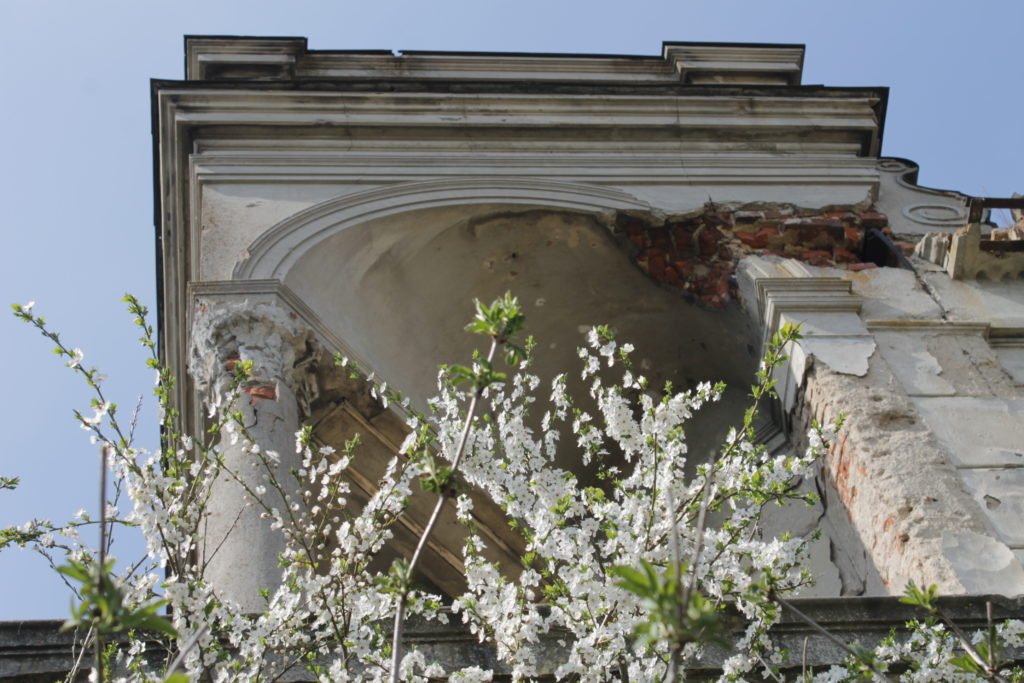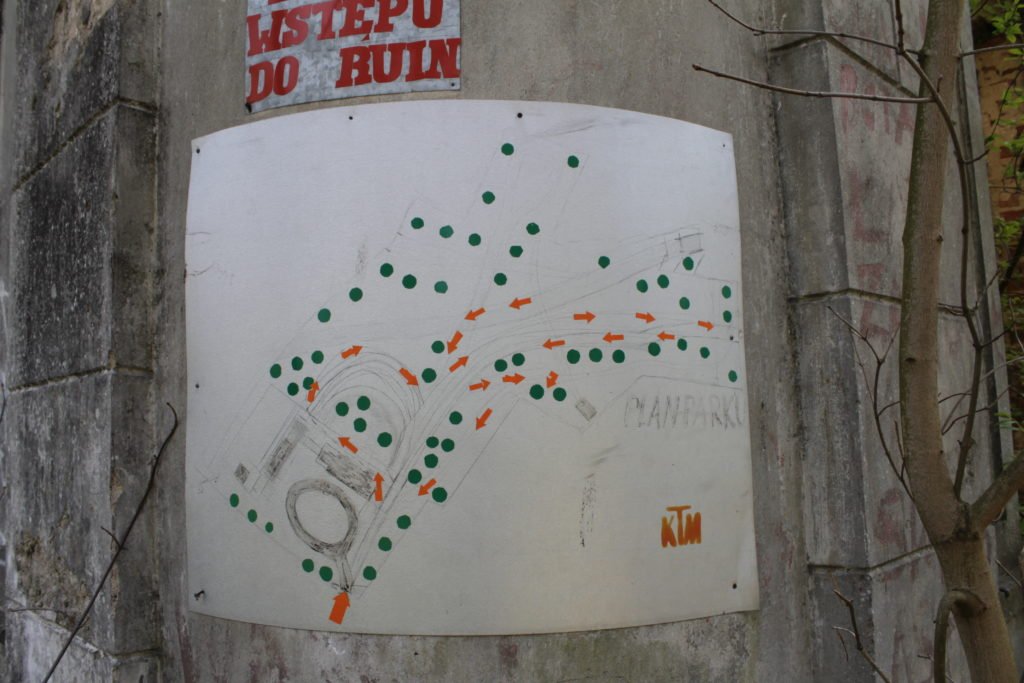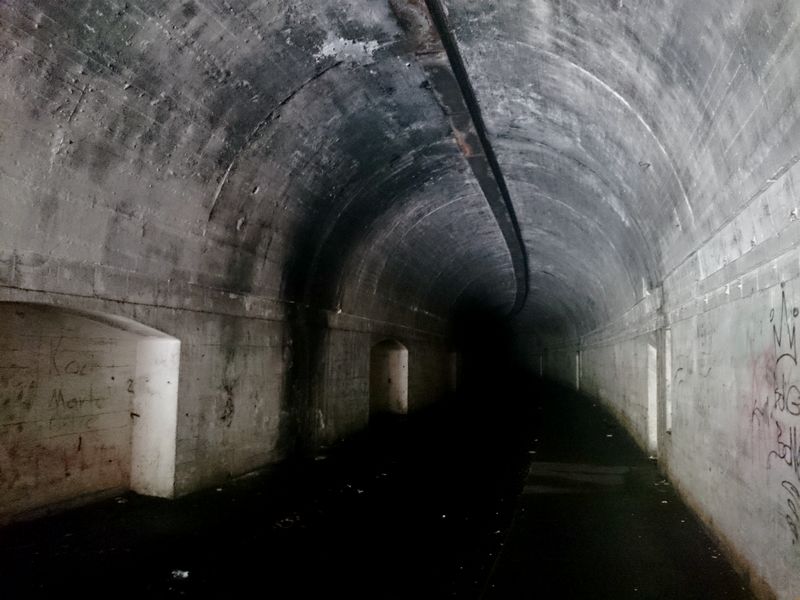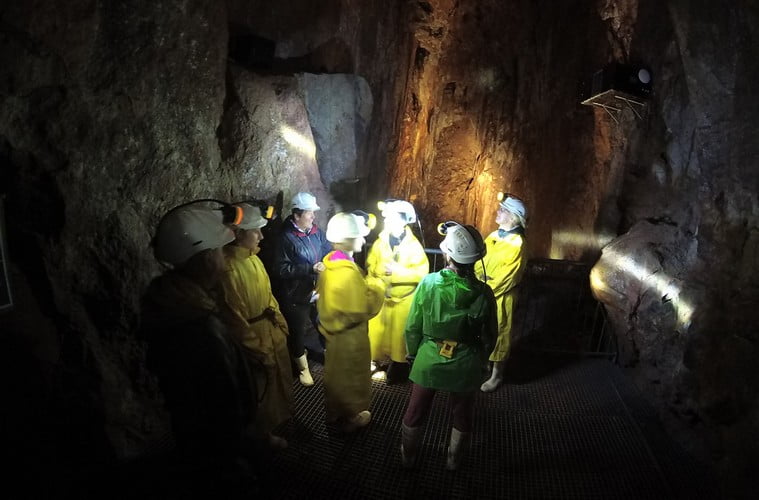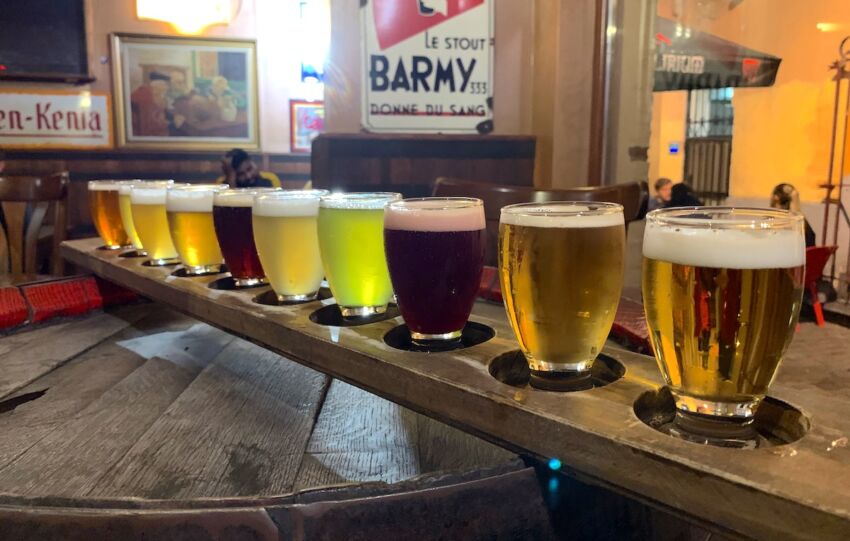Share This Article
The Holy Cross region in Poland is not associated too much with ruins. Chęciny, Samsonów and Krzyżtopór are a “tourist classic”, but what more can you visit? I want to show you today a place that made a great impression on me and I do not really understand how it happened that we did not know it so far. This is the Karski palace in Włostów, or rather its ruins.
Localisation
The ruins of the palace are located near the road from Opatów to Sandomierz (E371), about 70 km from Kielce (coordinates: 50 ° 44’46.3 “N 21 ° 26’26.6” E). You can leave the car in the parking lot near the church to see the old Arian church on the way to the palace.

History of palace and Włostów
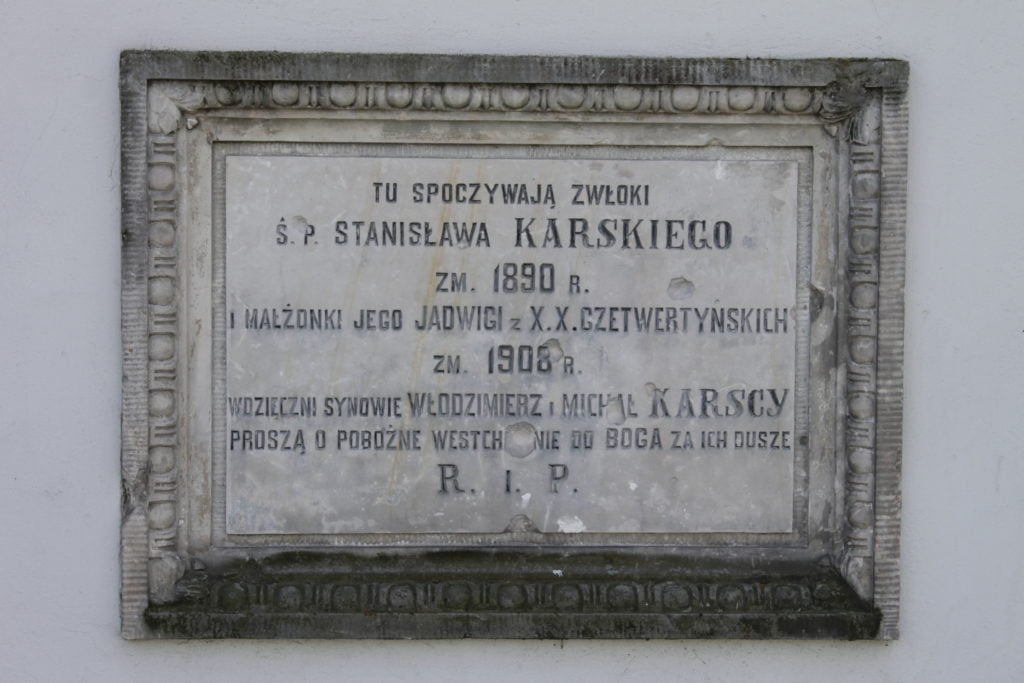
Henryk Marconi was responsible for the neo-Renaissance building in Włostów (one of his well-known projects in our region is the sanatorium in Busko-Zdrój). The palace was very modern, for the times in which it was created. It was built of the highest quality expensive materials, it had a marble floor and stairs, the rooms were furnished with expensive furniture, and the paintings of famous artists hung on the walls. At the turn of the 19th and 20th centuries, it was rebuilt by the son of Henryk Marconi – Władysław. Later, a telephone line, electricity and hot water were supplied to the building. The palace from that moment also had central heating. All this was a real luxury for those times.
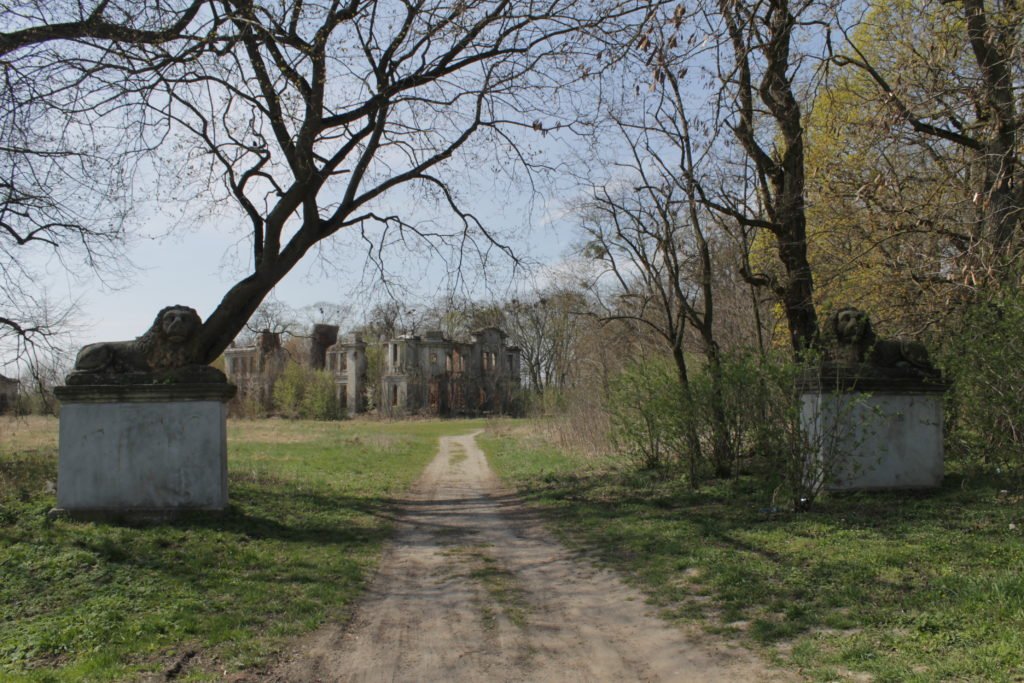
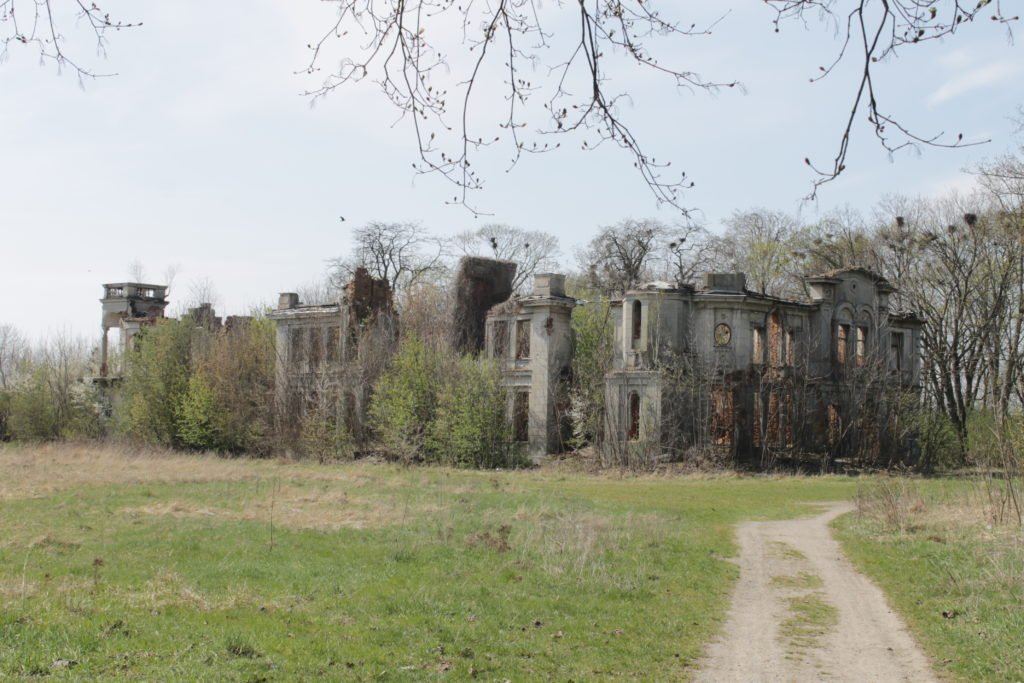
Among the rooms of the palace, apart from the bedrooms, guest rooms and living rooms, you could find large lounges, an impressive ballroom, library, billiard room and a chapel erected towards the park (only the part of the vault has remained to this day and it was said to have remained intact the longest while the rest of the palace was devastated). Probably the palace was connected by underground passages with the church and the chapel above the family tomb in the cemetery. The now revealing fragment of the underground passage certainly leads to the Arians near the former congregation. The building was built at the end of the 16th century and the stylish neo-gothic towers on the sides were added already in Karski times – the former congregation served them as a palace granary, an economic building designed to store valuable objects. At the back of the palace a large park has been designed, unfortunately, today it is neglected and littered. You can even find a squirrel in it, but the terrible odour of impurity disturbs walking through the trees.
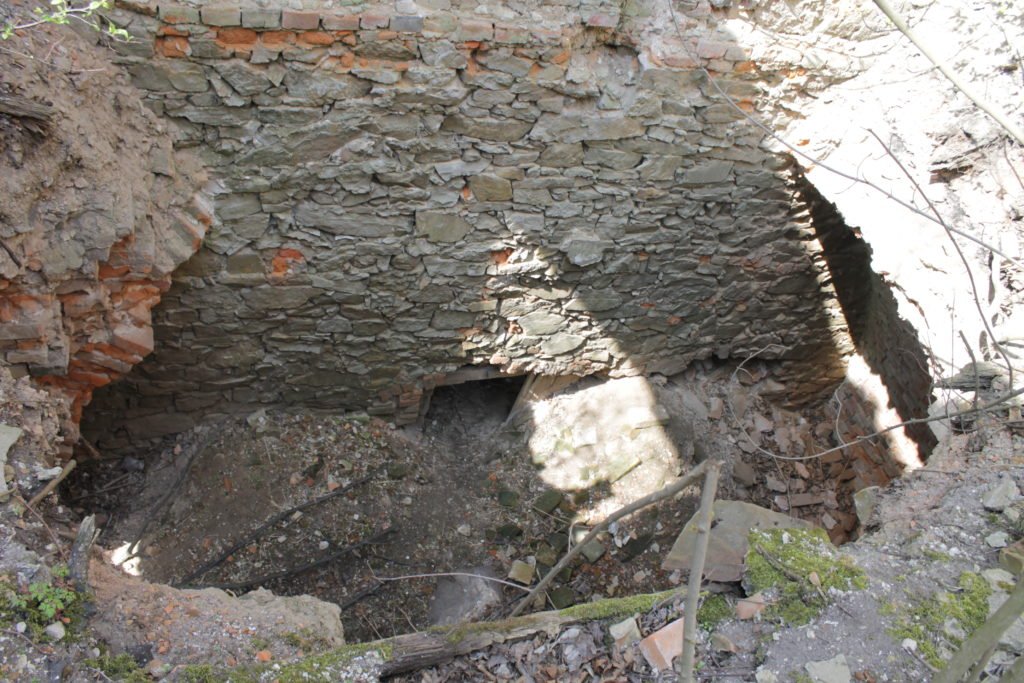


The palace in Włostów was full of life in its magnificent years. A frequent visitor was here, among others diocesan bishop of Sandomierz and rector of the seminary in Sandomierz Marian Józef Ryx. He was a friend of Michał Karski, son of Stanisław, who in 1910 was appointed a secret chamberlain by Pope Pius X. The property was also spent by the Apostolic Nuncio Ambrogio Damiano Achille Ratti, later Pope Pius XI. Opinions are divided on the alleged stay of Stefan Żeromski in the Karski estate – some sources report that “Ashes” were to be created here, but others deny these rumours. The guests of the Karski family were also President Ignacy Mościcki or writer Jarosław Iwaszkiewicz.
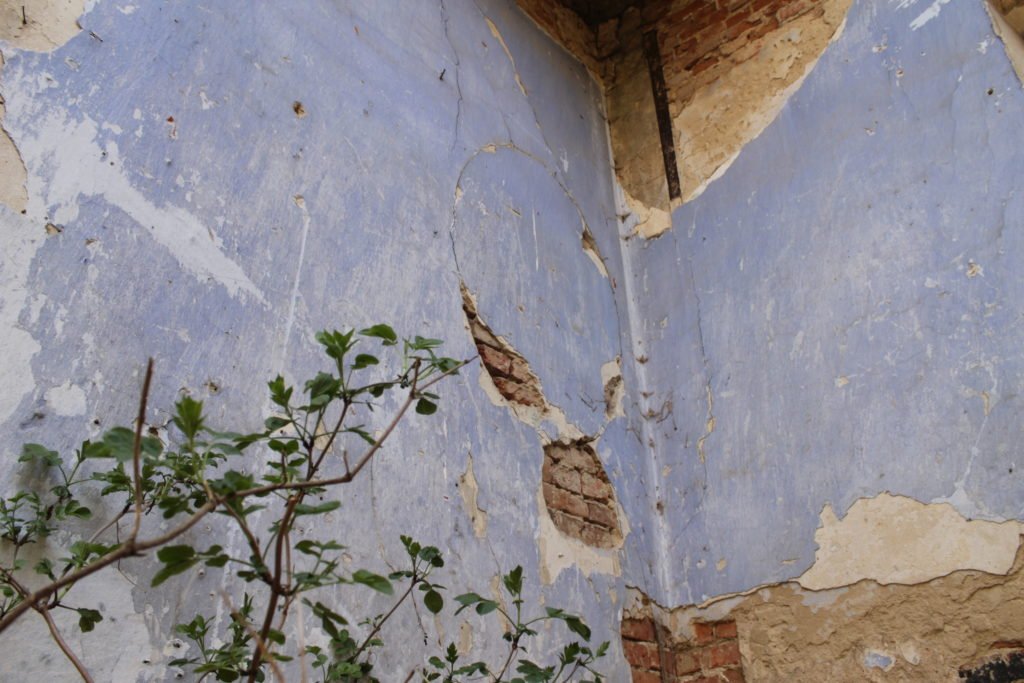
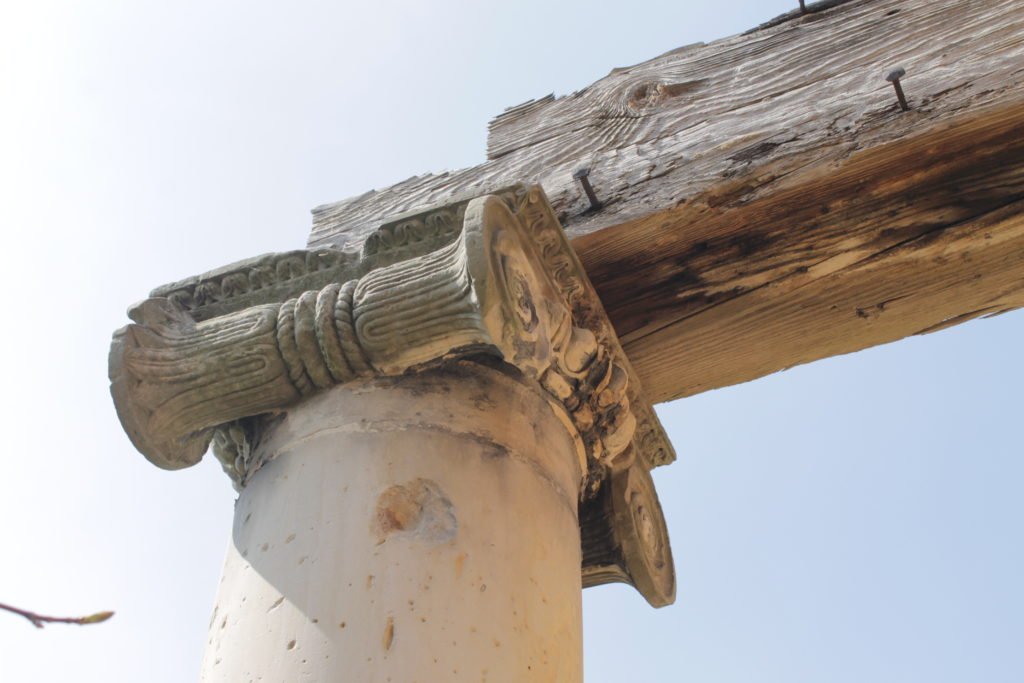

The Karski estate developed well until World War II when the estate was partly occupied by the army of the Wehrmacht. The family remained on the property, and Szymon Karski helped the partisans. The Germans soon began to suspect something, and although Szymon managed to escape, they caught him in a short time. The family had to get out of the palace. It took place in 1942. After the war, the estate was taken away from Karski for good. It housed a primary school and a state-owned farm. The palace began to fall into ruin. Residents of PGR did not care about the property. Fireplaces were dismantled, parquets and wainscotting were broken. It even happened that cattle and poultry lived in former salons. At that time, almost all antique trees were cut from the park’s palace. The best-preserved elements of the former residents are currently two stone lions located on both sides of the place after the entrance gate. They stand proud and watch what is left of the former residence.
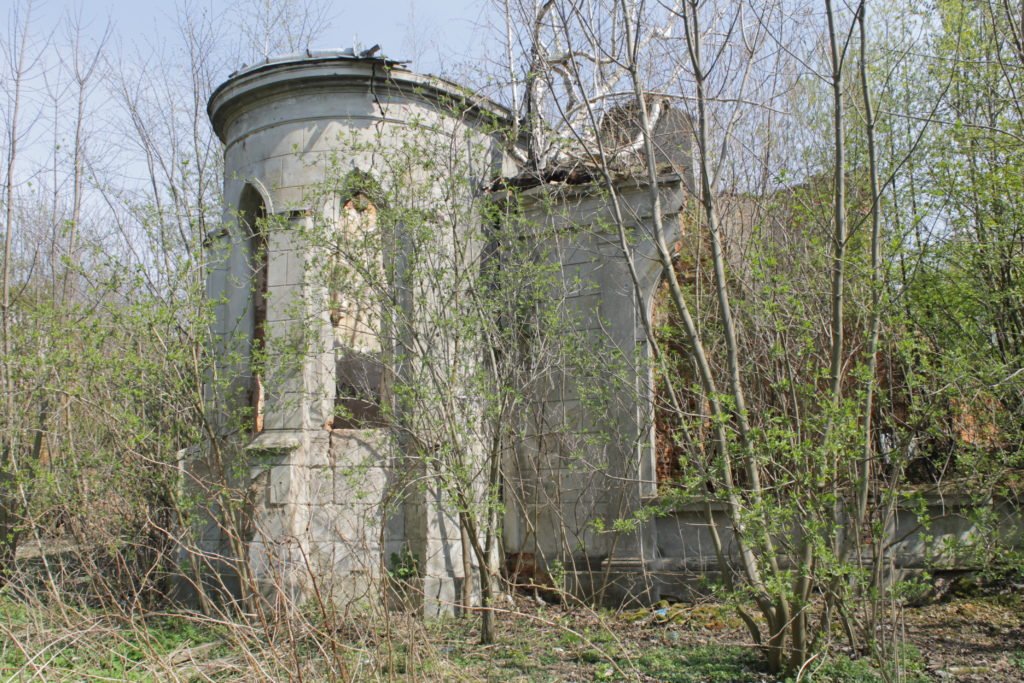


The palace currently
The palace in Włostów is amazing. They are surrounded by an atmosphere of mystery and nostalgia. It is a great attraction for lovers of ruins and history researchers. You have to be careful though because the ruins are in a deplorable condition. The remains of the walls look as if they are about to collapse, and the remains of the vaults will probably soon fall. While walking around the areas surrounding the palace, one must also watch out for the undergrounds that are unveiled there. It is sad that we did not find any information about the place and its history in the whole area. On the fragments of the buildings, there are a few prohibitions of entry and warning against collapse and one hand-made plate with a site plan. Some time ago, two associations began to try to start renovation works on the estate: Association for the Promotion of Tradition and Care over the Krzyżtopór Castle and the Association of Our Włostów. The former wanted to rebuild the palace and arrange a museum and a hotel in it. The second association mainly deals with collecting documentation related to the palace and manages the area.
